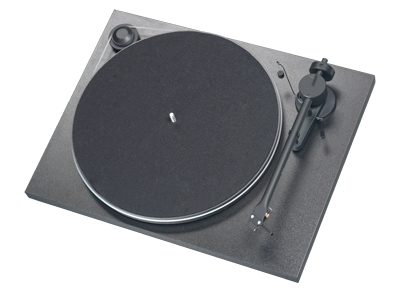Turntable Reviews
Sort By: Post Date TitlePublish Date
|
Aug 05, 2013
|
Jul 10, 2013
|
Jun 17, 2013
|
Mar 03, 2013
|
Aug 30, 2012
|
Aug 21, 2012
|
Jun 21, 2012
|
Oct 14, 2011
|
May 15, 2009
|
Jul 15, 2008















